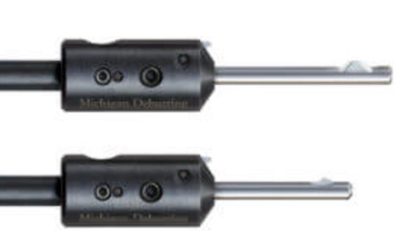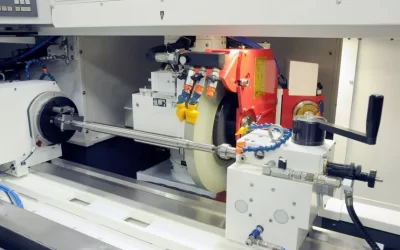Grain harvested from the field contains water. Even though water is needed for plant growth, excess moisture after grain maturity can result in storage-related issues. To maintain grain quality for an extended period of time, grain should be dried to safe moisture content levels after harvest. The initial step in drying grain is to determine the target grain moisture content level. If grains are under dried the safe storage time is reduced and the potential for quality losses increases. Similarly, over-drying grain reduces income due to increased drying costs. To ensure that grains are dried appropriately, it is important to choose a quality grain dryer. A grain dryer allows a person to choose whether to dry in high or low temperatures depending on the type of grain being dried. Here are the three major types of Grain Dryers in Southern Idaho.
Natural air or Low-Temperature Dryers
Natural air or low-temperature dryers use little or no additional heat. Drying takes place from the bottom of the dryer and advances upward through the grain. Drying may take several weeks depending on the amount of moisture to be removed, climatic conditions and airflow rate.
Batch Dryers
There are two types of batch dryers: Bin-batch dryers and Column-batch dryers. Bin-batch dryers use a fully perforated floor as the dryer. The drying fan and burner are installed high on the bin walls. After grains are dried, they are put in a regular bin floor, thereby reducing unloading time. Column-batch dryers have two vertical perforated steel sheets. The capacity of these dryers is small to store grains. However, they are easy to move and can be used coolers.
Continuous Flow Dryers
Continuous flow dryers are classified into three categories: cross flow dryers, concurrent flow dryers and counterflow dryers. In cross flow dryers, the air-stream is perpendicular to the grain flow. The grains near the drying air are over dried than those on the other side. In concurrent dryers, both the grain and air move in the same direction. In counterflow dryers, the drying air and the grains move in opposite directions.
These are just of the commonly used Grain Dryers in Southern Idaho. For additional information about Grain Dryers, and how to contact a professional for grain dryer installations, maintenance or repair, go to Website.



